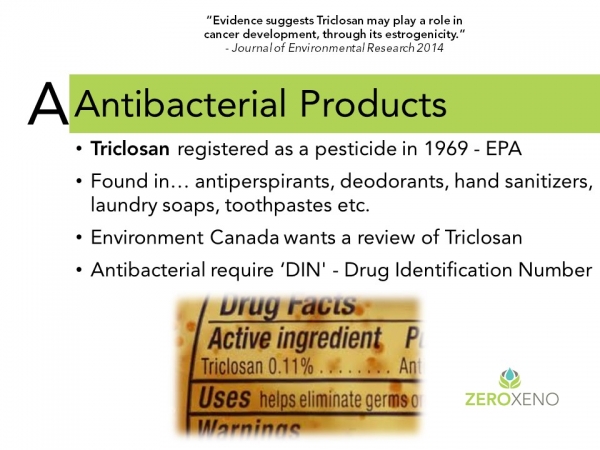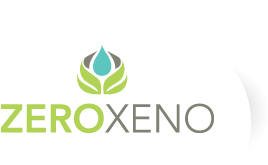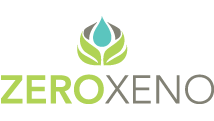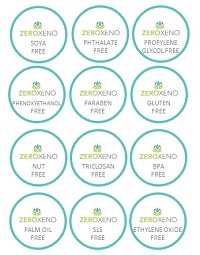The 7 Deadly Estro-Sins: Antibacterial
October 06, 2019

Did you know that most people use Triclosan every day, multiple times a day, in their personal care routine because they believe they are using a product that will improve their health and keep them safe from the dreaded dangers of bacteria? Today I am writing about the letter 'A' which stands for 'Antibacterial' in my 'BSFACTS' blog series.
Bacteria Buster or Pesticide?
Triclosan is a common antibacterial agent used in many different personal care products like antiperspirants, deodorants, hand sanitizers, dish soaps, laundry detergents, toothpastes, clothing, baby teething rings, consumer products and even socks! Triclosan has a xenoestrogen effect and is a suspected antiandrogen which has been linked to the feminization of fish and amphibians. It's an endocrine disruptor that's linked to obesity and is contributing to our global intersexed fish problem, various fertility and reproductive issues as well as cancers. Triclosan was first registered as a pesticide in 1969, and due to it's overuse is contributing to the rising level of dangerous dioxins now found in our rivers and lakes.
Simple Solutions
So how do you avoid 2,4,4-trichloro-2-hydroxydiphenyl ester known to you as Triclosan? Luckily you don’t have to memorize a long string of unpronounceable words or go back to school to get a science degree. Triclosan is not only a pesticide it's also classified as a drug and most governments require it to have a Drug Identification Number (DIN) when used in certain antibacterial products.
Look carefully at items you use on your body and in your home everyday. If you see 'DIN' with numbers beside it and the words 'antibacterial' on the label you may have a winner (or a loser). Place it back on the store shelf and choose a product without a 'DIN'. You can vote with your wallet by reaching products made with good old fashioned Castile soap that will get you and your family clean without the use of a hormone disrupting pesticide.
Yummy Solutions
Choose foods rich in kaempferol, a bioflavonoid found in broccoli, green tea, and tomatoes. Studies have proven kaempferol is able to inhibit breast cancer caused by exposure to the xenoestrogen Triclosan. One study states "Kaempferol can be an alternative chemopreventive agent to effectively suppress the metastatic behavior of breast cancer induced by an endogenous estrogen as well as exogenous xenoestrogenic compounds including Triclosan." Amazing isn't it that nature has found answers for problems we humans have created through our use of chemicals.
Simple easy solutions are the keys needed to win the war against hormone disrupting chemicals. Now that you have the info, what will your choice be?
Join The Zero Xeno Movement today!
by Bonnie Penner
All Zero Xeno (ZX Enterprises Inc.) products are for external use only. All advice and information posted on this website is from personal research and/or experience and is intended for general educational purposes. Our intent is not to diagnose, treat, cure or prevent any disease. The information on our site is not intended to be a substitute for professional medical advice related to specific medical conditions. We cannot diagnose illnesses nor confirm any claim as to therapeutic safety, effectiveness or course of treatment. Always seek the advice of your physician or other qualified health professionals for any concerns regarding your health. Only your physician can provide specific diagnosis and treatments. Please refer to our full Disclaimer for more details.
- Log in to post comments




